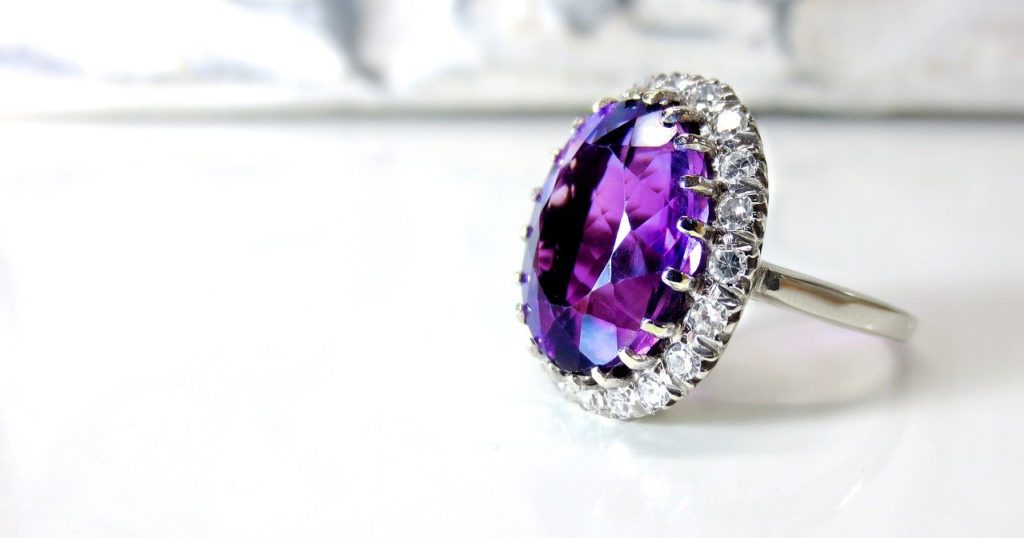All opinions are mine and mine alone.
All you Should Know About the Emergence of Modern Canadian Jewellery
The history of modern-day Canadian jewellery is similar to the story of Canada because it has faced the combination of international influences m, cultures, and economies along with the insecurities caused by the temperament in Canada in its search for national identity and security. When we go through history with deep insight, we can search for a lot of people who have worked partially in conflict resolving along with the significance of people who know the current scenario. You can get some modern and classic design jewellery at Serli & Siroan store.

One of the best blacksmiths who got popular in Canada in the later part of Canada was Lois Etherington Betteridge, who had completed his graduation from the Kansas University in 1951 which was undoubtedly a time when one posted about their requirements for metals because of security and national identity.
Development in the ’60s
The age of 60s started as an age of social stability, affluence, employment, development of a consumer-based society apart from which there is the cultural dominance in the middle class which is responsible for redefining the concept of the commodity. Innovate jewellery is different from conventional goldsmiths working or are produced industrially. The period of the 60s faced a moderate but steady rise in growth. Considering the discussion and following brief about the activities of Québec in the present times the people who were not from Canada should comprehend the situation both culturally and politically.
The new faces that were discovered on the screen in the latter part of the 1960s were Christel Klocke, who happens to be a goldsmith who had been trained in Berlin. He emigrated and by the year 1968, he got appointed as the Head of Jewellery at George Brown College which is a popular college in Toronto as a replacement of Hero Kielman who was supposed to establish a counter department at the Number College of Toronto in 1975.
Also, the zeitgeist of the 60s had a great influence on jewellery in two different ways which the first one is the sensibility of psychedelics which can embrace the infection by showing you brighter colours, and an all-new sense of the parts of the body and what they mean which has made the people have a higher interest in human life, particularly male bodies.
Another notable development to happen in this period was related to the craft fair, and the wasted areas of mediocrity which grow with any vengeance because of the partial hippie hordes that can respond to their indications of doing your work and the dearth too, in Canada it is similar to the United States including the informed marketers and commercial galleries for the resurfacing of feminism.
A very important intellectual and social legacy of the decade of the 1960s was the resurfacing of the term feminism and other values associated with it. It had reached far in the cultural terms, but the focus of feminism was on the movement of art and craft which made ready to reject the male-dominated artists and the planned interactive session of the patriarch people by the way people are taught about art to the basic work reception and original praxis.
Importance of the 70s in the history of Canadian jewellery
In the early part of the 70s, the metal programs were spread on a large scale, apart from Christel Klocke, Akira Ikegami, and the very popular enamellist Alan Perkins who worked at the George Brown College, there was also Helga Palko working at the Algonquin College, Donald Stuart working at the Georgian College, Jack Sullivan, Faye Rooke, Beth Alber all were the part of the Ontario College of Art, Neil Aird who worked for the St Lawrence College.
What added more fuel to the already burning fire of the 1970s was the bringing of a lot of foreign artists to Canada to show or demonstrate their work with the technical advancements in the time like refractory colouration, electronic forming, dye-forming, and the use of other acrylic substances. Aesthetically, there was a change all around. One reason behind this change was the natural gold style jewellery having its organic process with minimalism and severity. A major part of this influence was caused due to the arrival of Christian gaudernack in Canada who later turned out to be the jewellery head in 1977 in Nova Scotia.
Why was 80a considered significant for the development of Canadian jewellery designs?
Talking about the 80s, Canada had undergone a considerable transformation at the national level of politics. This was caused by the economic fluctuations and a complete scenario of disagreement with Trudeau, whose conservative and forward government has just achieved power. There were a lot of reasons behind the transformation been caused bit the major reason was none other than the economic recession which was going on all over the world back then.
Which jewellers got the maximum attention?
Modern jewellers from the British, Dutch, American, and German origin have drawn a lot of attention and can claim their virtue of careful marketing, thoughtful showcasing financial support, and the most significant one being the first-hand catalogues and exhibitions. Each one of these is not there in Canada. Luckily, the journalism dealing with crafts and Craftsmanship is not functioning in the Ontario Craft the publisher of which is the crafts council of Ontario but it is compulsory to cover the entire area of Ontario and not the country.
This is all we know about the history of modern-day Canadian jewellery and their emergence. The total thing had been divided based on periods so that you can understand them better. This post was meant to give you a brief idea about the whereabouts of the Canadian jewellery over different years.



Speak Your Mind